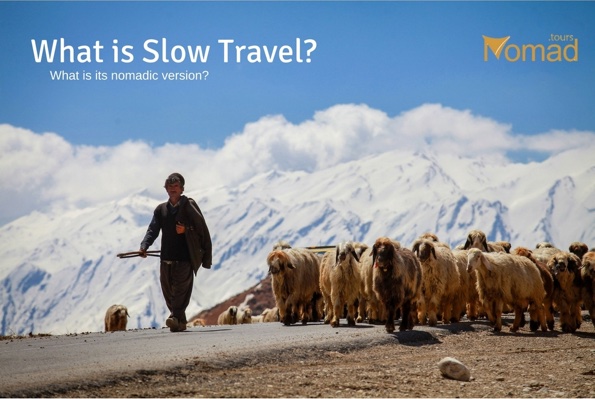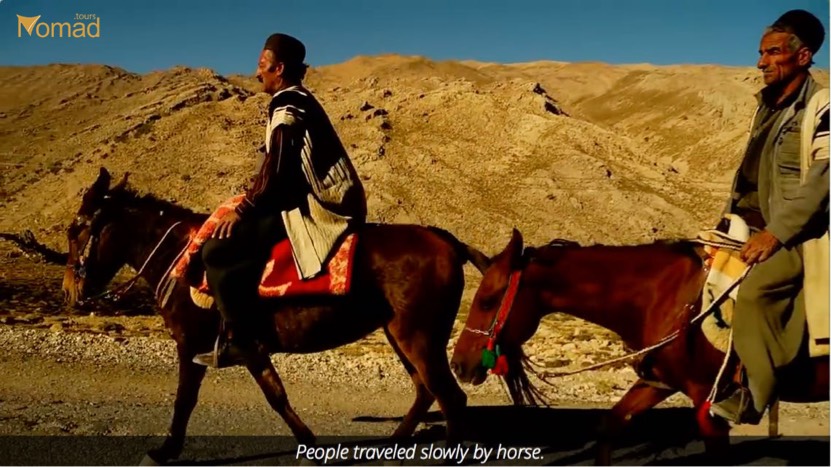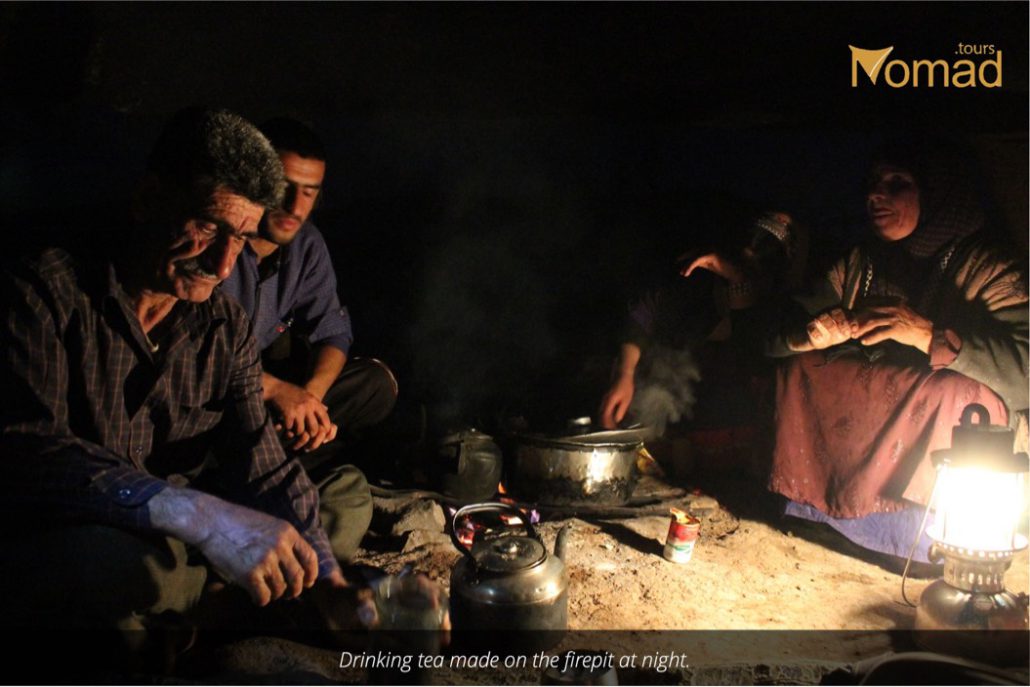
People ask us whether nomads practice slow travel themselves. We say yes they do. Plus we slow travel with them because they are the ones that decide our daily activities. Yet, in order to understand what is slow travel, one should know what is fast travel!
Before the advent of travel transportation vehicles such as cars and airplanes, people often traveled slowly and meaningfully. Travel duration was longer.
Travelers mentioned their each of their daily activities and local names in their travelogues. However, these days people usually travel only for a few days. Actually, most trips last less than one week.
Additionally, the fast-paced daily urban routines have also infected people’s travels; Some travel fast mostly for the purpose of sharing photos on Instagram and to show their followers and friends what they did.
But isn’t the ultimate goal of travel to see the diversity in the world and to meet people who might be different than you? To sit, talk, share life stories, find a common thing to laugh about, and enjoy each other’s company.

What is Slow Travel?
Slow travel is about experiencing how other people live in another place. You slow down, participate in the locals’ daily activities, talk and share with them, relax and enjoy as if you are a local yourself.
You will connect to the traveled area as if it is your home. You explore the activities around you and get familiar with your surroundings.
For example, some people travel by car or bike within cities so that they can get to know the restaurants and shops of the city. They rent a hostel bed and live there until they explore every and all of the characteristics of the city and its dwellings.

Yet beyond the city, there are trekking tours which we operate every year during the nomads’ migration period.
Nomads are people who change their home base to conserve their domestic animals and the environment. They live in black tents made from hairs of the animals they own. Interestingly, these people have their own distinct culture, art, history, music, and lifestyle that is unique in themselves.
Your Health and Slow Travel
Do you remember 1990’s “Home Alone”? The mom and the rest of the family running around, trying to get ready for their Christmas vacation. It’s a great example of a typical vacation people have when they choose to travel. All this stress caused by getting on the plane, packing overweight suitcases, trying to stick to an over-packed itinerary, and so on actually harms our brain.
Although trips are meant for getting some rest or having a quick escape from our regular lives, people still tend to make themselves more exhausted than before by a fast-paced traveling style.
We travel slowly not only because it is more meaningful and enjoyable, but also because it can cure some of our health problems.
Medically speaking, rapid fluctuations in mood swings caused during a stressful trip are in direct relation to brain waves. Those rapid fluctuations create difficulties in our sleep cycle, in our self-perception, and in our ego. It completely disrupts the natural rhythm our bodies have.
A natural remedy for this phenomena is to slow down the tempo of life: exposing moderately to severely frustrated urban people to the organic and slow tempo of nature.
In saying this, we come across the importance of slow travel. From the start, you take away the pressure and stress caused by a fast paced trip. You don’t carry the weight of a must-see or must-do list. Instead, just focus on where you are in the moment and try to immerse yourself in your surroundings.
The Nomadic Experience
On our last trip with the Bakhtiari tribe, we ate as they ate and we trekked as they trekked. If it started to rain, we didn’t have any stress and we simply rested until the rain ended.
We had no phone, no rush, no worries. We paused whenever we felt like it or when we found a beautiful site to explore. This is all part of the ancient way of life that is fully intact with nature and nomadic culture.
When night fell, the local families gathered together. We joined them for dinner and after had tea. The nomads retold the epics of their brave ancestors. We delved into how they think about life and how they manage their life in nature.

This practice is a great way for a traveler to get the best out of his travel. If you have already experienced this style of travel, you know this is is true, and if you haven’t, you have to try it!
We had the best time because of the quality we experienced during this slow travel.
Most people come to visit Iran because of its history, culture, Islamic art, etc. They take a journey to big cities like Tehran, Isfahan, and Shiraz.
We start our trek with nomads from Isfahan, and we climb the Zagros Mountains to Khuzestan Province in western Iran. We design tours that showcase their unique lifestyle.
Here is the link to our slow travel tour.
History has never forgotten the nomadic tribes of Iran and neither will you once you slow travel with
them.
